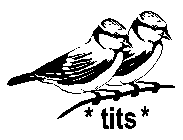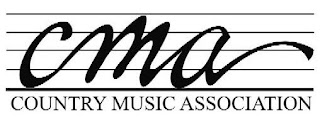Precedential No. 31: TTAB Affirms Mere Descriptiveness Refusal of ".MUSIC" for Domain-Related Services
Brushing aside several the third-party service mark registrations for top-level domain (TLD) marks, the Board affirmed a refusal to register the mark .MUSIC in each of five applications, for domain registration and hosting services, various computer-related services, and music-related goods, on the ground that the mark is merely descriptive under Section 2(e)(1). The Board's ruling was based "on the current marketing environment which is different than the marketing environment when many of the third-party registrations relied upon by applicant were issued." In re theDot Communications Network LLC, 101 USPQ2d 1062 (TTAB 2011) [precedential].

Examining Attorney Seth A. Rappaport maintained that "music is a feature of applicant's goods and services" and that the period at the beginning of the mark is "mere punctuation that does not alter the commercial impression of the mark as being something more than just the word 'Music.'" Applicant asserted that .MUSIC is arbitrary with respect to many of the identified services. Furthermore, a TLD does have a source-identifying function, "since by definition the domain names from a particular TLD emanate from only one domain registry source."
Applicant also argued that the PTO has a practice of allowing registration of top-level domains, including such ICANN-accredited TLDs as dotam, dotfm, .travel, .nu domain, and dotCoop, as well as non-accredited but proposed TLD strings. It noted that "[a]ll of these include domain registration services, and may include a much broader variety of online services.
The Board, however, observed that the situation has changed since 1989, when the first few TLDs were created. In 2000, a dozen more were announced, another one in 2005, and in 2010 the .xxx TLD was approved. Furthermore, in 2011 ICANN announced that "it would greatly increase the number of top-level domains by allowing nearly any new name in any language."
As a result, the Board noted, there are groups seeking various top-level domain names, including a group (unaffiliated with Applicant) that is seeking the name .music, which is intended for use by musicians and the music industry. The Board concluded that the public will perceive .MUSIC "as a top-level domain associated with the field of music because there has been a concerted public effort to build support for its use as a top-level domain in this field."
This finding is based on the current marketing environment which is different than the marketing environment when many of the third-party registrations relied upon by applicant were issued. When many of the third-party registrations were issued, ICANN was not considering expansion of the roster of domain name extensions. Nor does the record reveal active campaigns to obtain TLD status for the marks in those registrations as there is for the .music top-level domain. Therefore, the third-party registrations submitted by applicant for marks consisting of “dot __________” or “._________” have very limited probative value ....
Turning then to the goods and services identified in the five applications, the Board found the mark to be descriptive of "registration of domain names for identification of users on a global computer network," since "consumers would anticipate that .music identifies the registration of domain names for a music-related top-level domain." Likewise the mark is descriptive of Internet hosting services, music publishing and entertainment services, online directory services, and, finally, downloadable content.
And so the Board affirmed the Section 2(e)(1) refusal in all five applications.
TTABlog comment: Is there a broad principle to be gleaned from this decision, or is the outcome highly fact-dependent?
Text Copyright John L. Welch 2011.








































